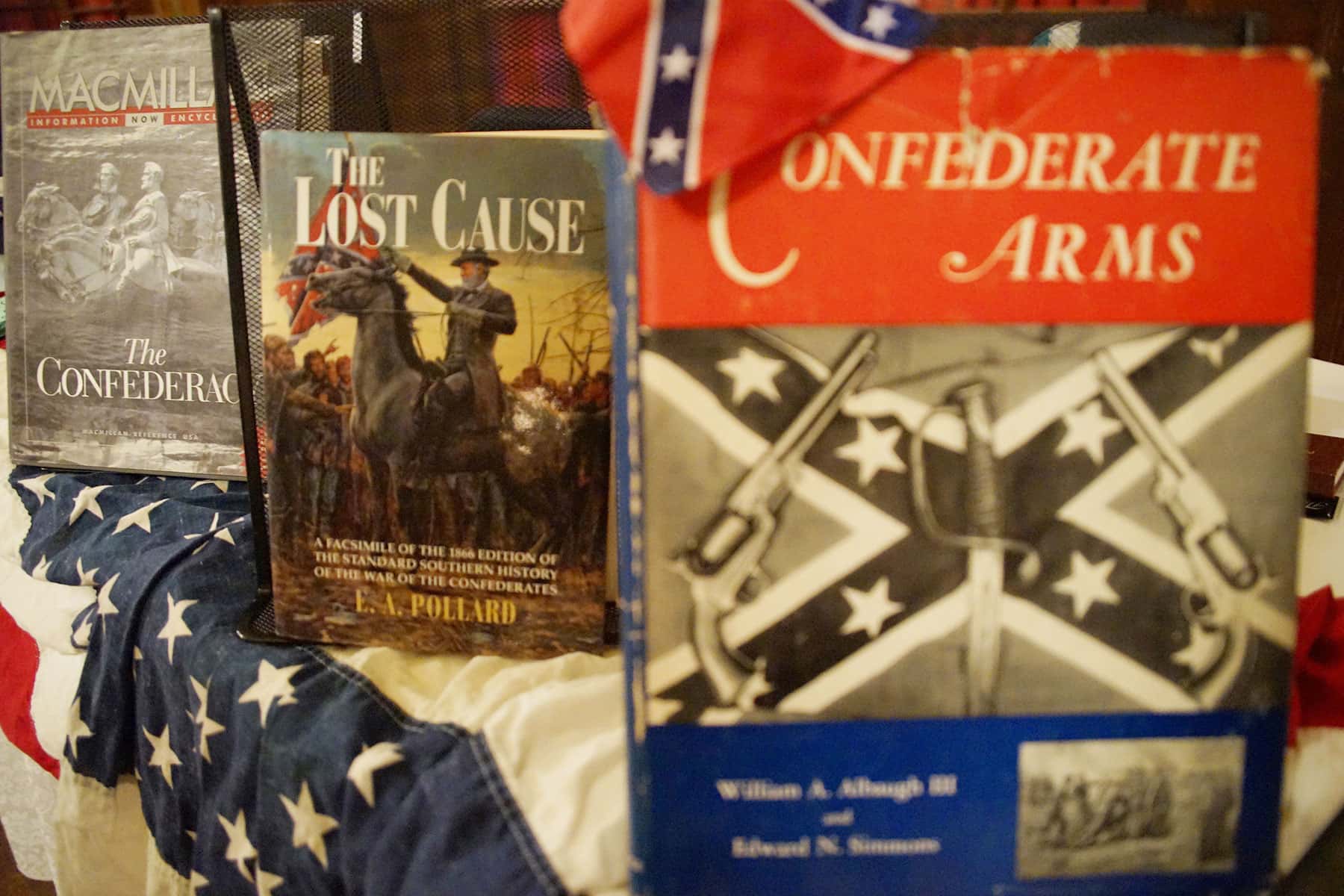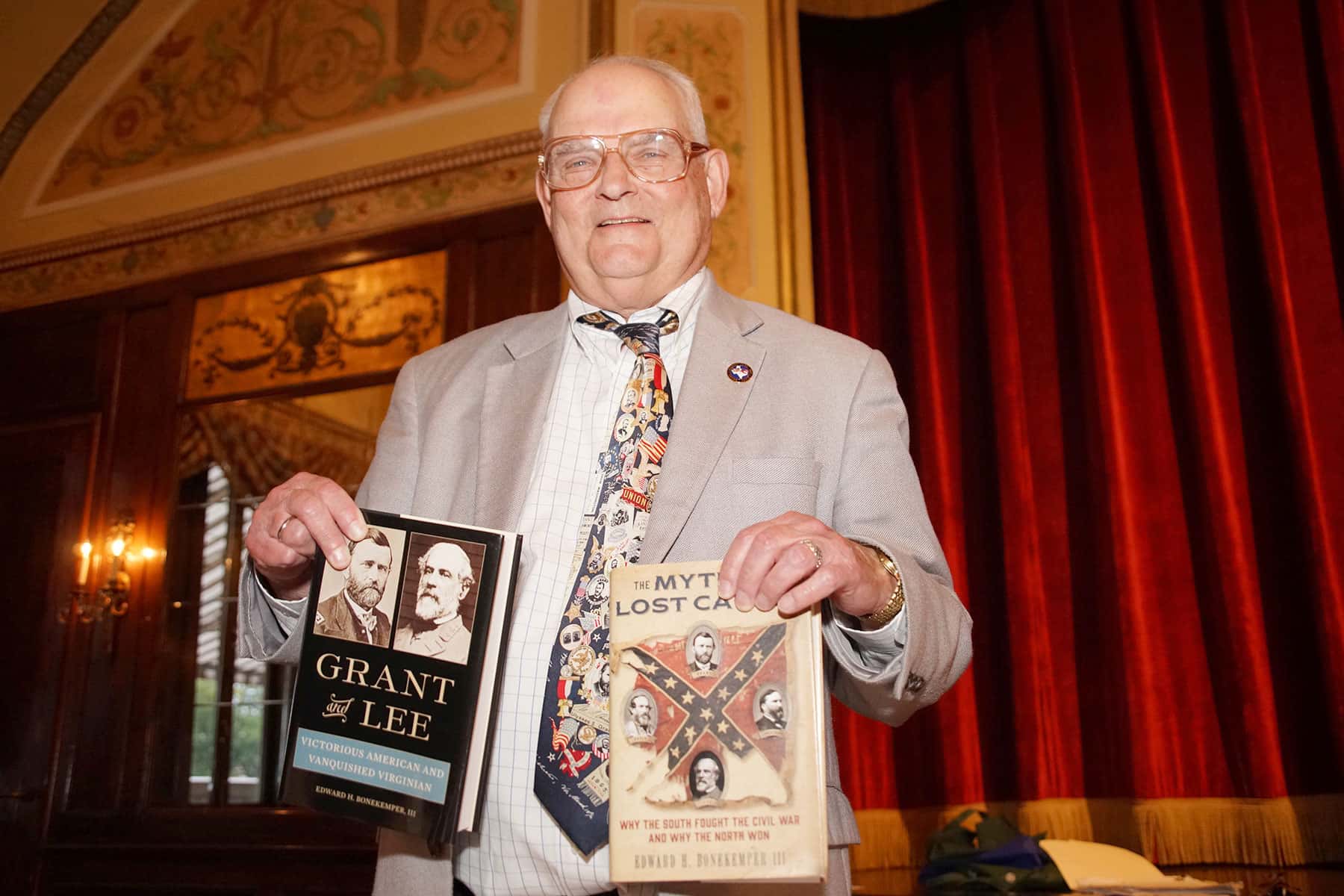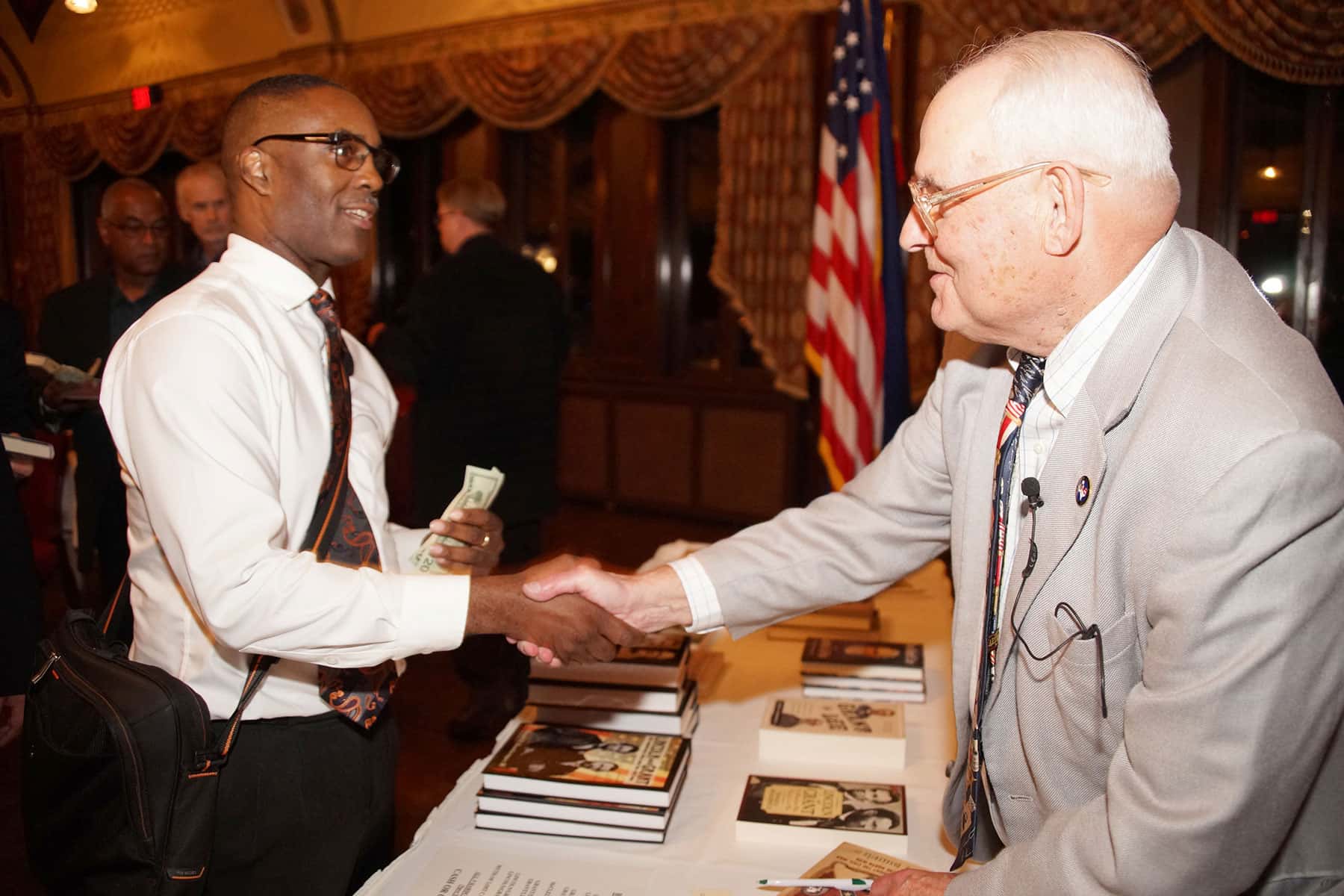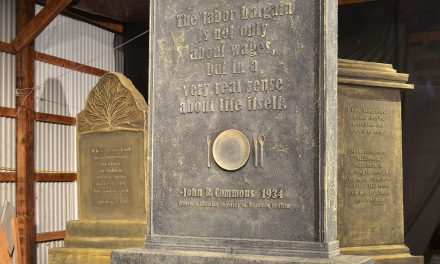
The U.S. military recently began rethinking its traditional connection to Confederate Army symbols, including the Army base names, mindful of their divisiveness at a time the nation is wrestling with questions of race after the death of George Floyd in police hands.
Ten major Army installations are named for Confederate Army officers, mostly senior generals, including Robert E. Lee. Among the 10 is Fort Benning, the namesake of Confederate Army Gen. Henry L. Benning, who was a leader of Georgia’s secessionist movement and an advocate of preserving slavery. Others are in Virginia, North Carolina, Alabama, Texas and Louisiana. The naming was done mostly after World War I and in the 1940s, in some cases as gestures of conciliation to the South.
The Navy and the Marine Corps are now banning public displays of the Confederate Army battle flag on their installations, casting their decision as necessary to preserve cohesion within the ranks. However, on June 10 President Donald Trump made it clear that his administration would not move the nation further away from institutionalized racism. He expressed instead that the nation should “cling to it and its heritage,” by keeping the names of racist traitors on the gates of American military bases.
“These Monumental and very Powerful Bases have become part of a Great American Heritage, a history of Winning, Victory, and Freedom. The United States of America trained and deployed our HEROES on these Hallowed Grounds, and won two World Wars. Therefore, my Administration will not even consider the renaming of these Magnificent and Fabled Military Installations.” – Trump via Twitter
The irony of training at bases named for those who took up arms against the United States, and for the right to enslave others, is inescapable to anyone paying attention. Fort Bragg, the training base of elite forces for example, was named for Braxton Bragg, a native North Carolinian and Confederate general with a reputation for bravery and mediocre leadership. His forces were defeated at the Battle of Chattanooga in November 1863.
On June 9, the Southern Poverty Law Center (SPLC) sent letters to leaders of the Armed Forces urging them to follow the example of the historic decision by the Marine Corps to ban any and all Confederate iconography from their bases and installations around the globe.
“For more than a century, the Confederate flag has stood as a symbol of white supremacy and the enslavement of Black people,” wrote Margaret Huang, SPLC President and Chief Executive Officer. “The flag was used extensively by the Ku Klux Klan as it waged a campaign of terror against African Americans during the civil rights movement and segregationists in positions of power raised it in defense of discriminatory Jim Crow laws. Our public entities should no longer play a role in distorting history by honoring a secessionist government that waged war against the United States to preserve white supremacy and the enslavement of millions of people. We must act now to bury the myth of the Lost Cause once and for all.”
Since the end of the Civil War, the Confederate symbols currently occupying public spaces have served as a continual reminder of the pain and oppression they represent. Similar to the numerous monuments that endorse revisionist history, the naming of military assets in honor of the Confederacy occurred decades after the South surrendered and over 750,000 American lives were lost in the Civil War.
Considering this historical issue, and the lack of education around it that was intended to keep the public in the dark, the Milwaukee Independent made the editorial decision to present a previously published news report. Edward Bonekemper: Debunking the big lie about Civil War history was originally released on September 8, 2017, but it remains timeless in explaining how advocates of the Confederacy were able to re-write history to support their vision of White Supremacy that continues to infect the national soul.
While history books call the sIаughtеr that occurred from 1861 to 1865 the “American Civil War,” it is often referred to as the “War to Preserve the Union,” the “War of the Southern Rebellion,” the “War to Make Men Free,” the “War Between the States,” or the “War of Northern Aggression,” depending on the region of the country. What it is not called, but goes to the truth of the conflict, is the “Confederate War for the Preservation of Slavery.”
The greatest accomplishment of the Civil War for the Southern soldier was rewriting the account of their loss, a false remembrance known as the Myth of the Lost Cause. As historian Edward H. Bonekemper III describes it, “the narrative is the most successful propaganda campaign in American history.”
Bonekemper was the keynote speaker at the monthly meeting of the Civil War Round Table of Milwaukee on September 7. The event attracted a record crowd of over one hundred, close to double the usual attendance. Established in 1947, the organization is the second oldest in the world, sharing a common interest in the study, promotion, and recognition of the American Civil War.
“The reason I felt compelled to write the book, The Myth of the Lost Cause: Why the South Fought the Civil War and Why the North Won, was because as I went around the country talking to members of the Civil War Roundtables, I found that a lot of people who should have known better were greatly affected by the false narrative,” said Bonekemper. “That is why I think it is important for all of us to consider what the myth is, and how much we want to buy into that myth.”
The heart of his analysis was whether slavery was the primary cause of secession and the Confederacy’s creation. He examined the Federal protection of slavery, slavery demographics, conventions and declarations of seceding states, their outreach to other slave states, statements by Confederate leaders, the Confederacy’s foreign policy, POW policy, and rejection of black soldiers.
“The strongest evidence of seceders’ motivations is the language they used in their own secession documents. Their reasons included the election of Abraham Lincoln, who opposed extension of slavery into territories; the runaway slave issue; the threat to slavery’s existence – the largest component of Southern wealth; the perceived end of white supremacy and the resultant political and social equality of blacks and whites. Not only did their own secession resolutions reveal slavery and white supremacy as their causation, but the seven states who seceded before Lincoln’s inauguration immediately began an outreach campaign to other slave states. Their correspondence and speeches relied only on slavery-related issues to encourage other slave states to adopt secession.”
After the war, Southerners had a lot to justify. Almost the entire war was fought in the South, and the region was an economic destroyed. Bonekemper examined the accuracy of the Myth and how it has affected the country’s perception of slavery, the rights of states, the nature of the Civil War, and the nature of slavery in 1860, including whether it was a benign and dying institution.
“In terms of slavery disappearing, the estimate of the southerners themselves – in their secession resolutions – was that they were defending an institution which had assets in slaves of $4 to $6 billion. If you categorized assets in the united states, that was the most valuable single category of assets in the united states, the value of slaves. I personally see no indication that slavery was about to go away.”
Drawing on decades of research, Bonekemper also discussed other controversial Myth issues, such as whether the South could have won the Civil War, whether Robert E. Lee was a great general, and whether Ulysses S. Grant was a mere “butcher” who won by brute force.
While there have been rebuttals to Bonekemper’s research, those criticisms either focus on the trivial academic details of historical minutia, or attack his conclusions directly as an example of the need to preserve the Myth itself.
The term “white privilege” that currently occupies the national discussion is often presented as a modern development. However, the condition is as old as slavery, and Bonekemper offered a 150 year old perspective to the current debate.
“Even if you did not personally own or someone in your family did not personally own slaves, you were still the social beneficiary of the existence of slavery. No matter how poor you may be, you always knew that in your society, there were 4 million people who were inferior to you as a matter of law and of social practice.”
The Confederacy’s defeat ended slavery and kept America from being an international pariah. It also resulted in passage of the 13th, 14th, and 15th constitutional amendments; these provided the legal basis for ending legal segregation and providing blacks with voting and other civil rights – after a hundred years of Jim Crow laws and nationwide segregation.
“Bonekemper confirmed what I’ve argued for years about the myth of the Civil War being about state’s rights,” said community leader and historian Reggie Jackson. “He provided clear, irrefutable evidence to argue that it was all about slavery. I really enjoyed the lecture and can’t wait to read his book.”
Edward H. Bonekemper III is a military historian, teacher, and celebrated author. He writes frequently about slavery, the American Civil War, and Union and Confederate generals. Bonekemper speaks to Civil War Roundtables across the nation and lectures at the Smithsonian Institution.
“We really had de facto slavery in the United States for at least 90 years after the Civil War. We also didn’t do anything to give a helping hand, or compensate for slavery, by helping blacks get on their feet. So they never were integrated into American society, and we are now living with that residue.” – Edward Bonekemper
“I think that people in Milwaukee and around the country need to have a better understanding of what the Civil War was all about. We really have to come to grips with, based on my research, the fact that the war was exclusively about preserving slavery. The reason it’s so important is not just a historical or military history question. America hasn’t faced this truth and that keeps us from confronting what I regard as America’s Achilles Heel, which is racism. And so this subject is important in Milwaukee, regardless of whether any Civil War battles were fought here or not, because this issue goes to the core of America.” – Edward Bonekemper
© Photo
Lee Matz

















